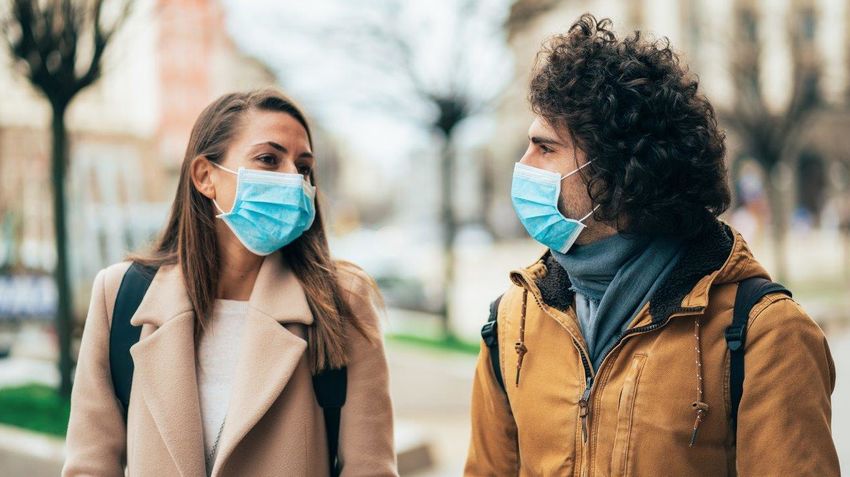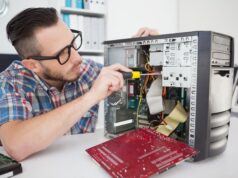The coronavirus has had a devastating impact on the world since its discovery in Wuhan, China. Many people have lost their lives to the disease, with others ending up hospitalized. The pandemic has also had severe consequences on the global economy as countries imposed lockdowns and businesses closed down.
The Centers for Disease Control and the World Health Organization moved swiftly to try and look for ways to curb the spread of the novel coronavirus. Although they were not up for the concept at first, further research into the virus showed that one of the most effective ways to do so is by wearing a face mask.
Wearing a face mask, combined with other preventive measures such as social distancing and maintaining good hand hygiene, will help to protect you from Covid-19. This article discusses how a surgical mask works and how you can best use it to your benefit. Click here to find your own surgical masks.
But first, let’s look at the different kinds of masks you are likely to come across in the market.
The N95 Mask
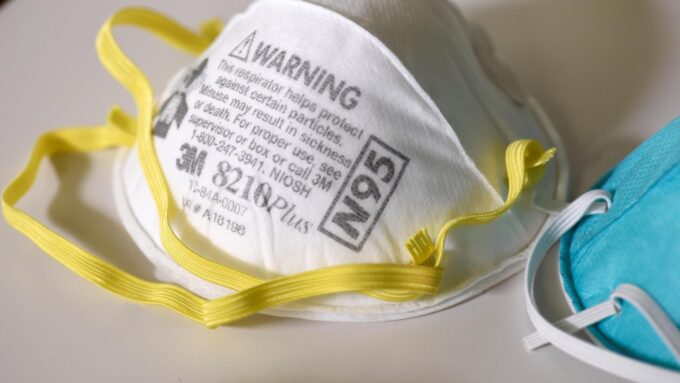
The N95 is more of a respirator than a face mask. They are highly efficient because they filter out 95% of airborne particles, both large and small. Given their scarcity and high demand, the N95 face masks have been reserved for healthcare workers.
The N95 face masks are disposable and it’s advisable that a user undergoes training as well as a fitness test before using this mask. To help make breathing more comfortable, the N95 face masks have valves for air to pass through. But the valves can work to the disadvantage of others.
If the wearer is Covid-19 positive, the air they expel through the valves could be carrying pathogens of the virus, potentially infecting other people.
Cloth or Fabric Masks
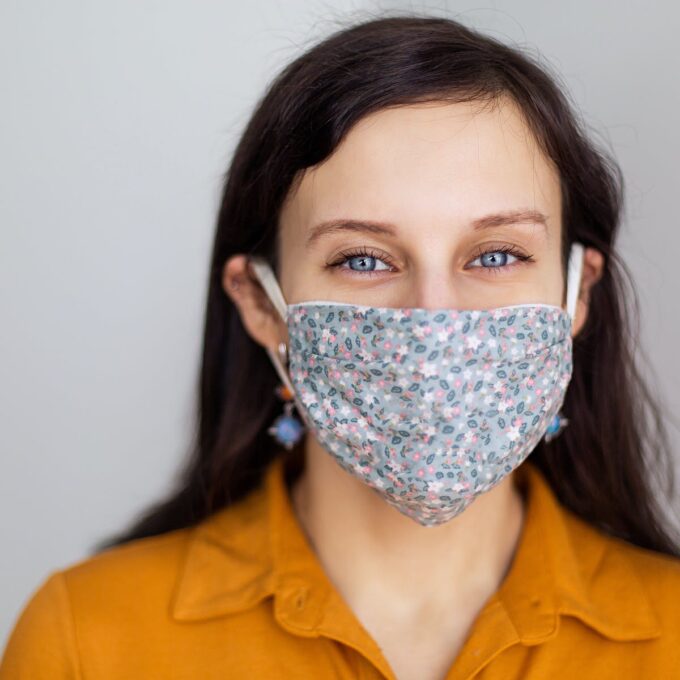
Cloth masks are designed to trap respiratory droplets released when the user coughs, talks, or sneezes. They also act as barriers to protect the user from inhaling droplets from others.
Even though their effectiveness has been questioned, the WHO and the CDC both highly recommend them. For a cloth mask to be effective, it should be made of several layers of woven fabric like cotton. A thin layer mask may not be as effective because it can’t stop droplets from penetrating.
Surgical/Medical Masks
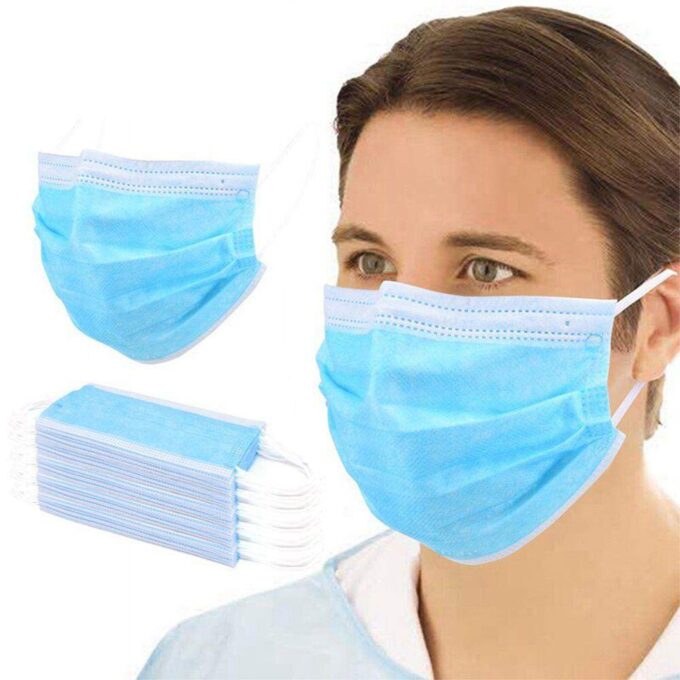
Also known as medical masks, surgical masks are disposable and loose-fitting. These masks are designed to protect the wearer from getting in contact with liquid sprays and droplets that may contain disease-causing pathogens.
They are mostly associated with medical profession use but civilians can also use them. The best medical masks to use are those that come with knotting ear loops. The ear loops provide for a custom fit and will hardly fall off.
Getting the Most Out of a Surgical Mask
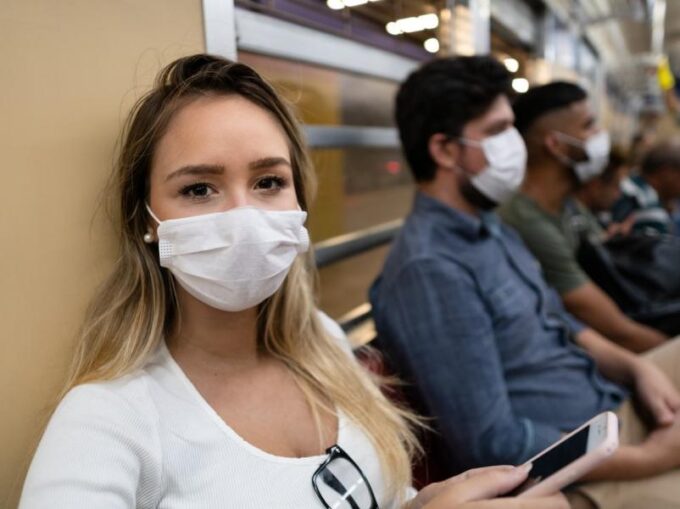
The effectiveness of a surgical mask can be significantly improved by ensuring it is correctly fitted to your face’s contours. This prevents air leakages around the edges of your mask. It is vital to ensure that the surgical mask snugs over your nose, chin, and mouth, leaving no gaps. If you feel air coming out under the edges, then you are not wearing the mask properly.
Masks with bendable nose strips are recommended because they help prevent air from leaking out. Notably, some people prefer wearing a surgical mask under their cloth mask to increase protection layers. If you are one of them, ensure that the cloth mask presses the disposable mask’s edges to prevent air leakages.
Avoid adding more layers if they are hindering proper breathing or obstructing your vision.
How To Wear and Remove a Surgical Mask
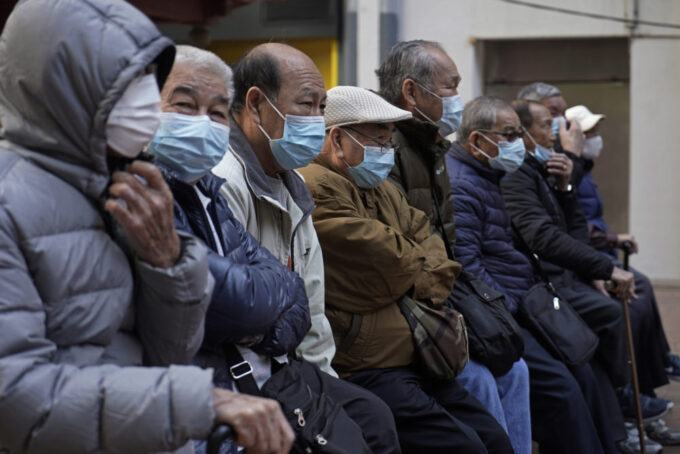
It is important to remove and replace surgical masks whenever they become moist. This is because disposable face masks are meant to be used once and disposed of. You should follow the product instructions on how to use and keep the mask.
The steps below can direct you on how to put on and remove a surgical mask.
Putting on a Surgical Mask
- Before touching the face mask, clean your hands with soap and water.
- Carefully remove the surgical mask from its package. Ensure it has no apparent holes or tears for safety purposes.
- Identify the top side of the surgical mask. Note that the top side has a stiff bendable edge that is meant to conform to the shape of your face.
- Identify the front side of the mask. The front side of a surgical mask is often colored, meaning it should face away from you. The white side of it should touch your face.
- Follow these instructions depending on the type of mask:
- Mask with ties: Carefully bring the mask to the nose level and position ties over your head, then secure it with a bow.
- Mask with ear loops: Carefully hold your mask by its ear loops, then place a loop around each ear.
- Mask with bands: Hold the face mask in your hands with its top at your fingertips, allowing the headbands to hang freely. Carefully bring the face mask to the nose level and pull the top strap over your head. It should rest over your head’s crown. The bottom strap should be pulled so that it rests on your neck nape.
- Pinch or mold the stiff edge to fit the shape of your nose.
- Lastly, pull the bottom of your face mask over the chin and mouth.
Removing a Surgical mask
Depending on the type of surgical mask you are using, follow the steps below to remove it:
- Surgical mask with ties: Start by untying the bottom first, then undo the top. After that, carefully pull the mask away from your face and dispose of it.
- Surgical mask with ear loops: Hold the ear loops and gently remove the face mask.
- Surgical mask with bands: Start by lifting the bottom strap over your head, then pull the strap over the head.
- Clean your hands with soap and water after disposing of the surgical mask.
Always Wear a Surgical Mask in Public

Despite millions of people losing their lives to Covid-19, or suffering the harsh symptoms of the virus, a significant number of people still do not see the need to wear face coverings.
A face mask is very important at this time considering some people are asymptomatic. This means they are carrying the virus but show no symptoms. A positive but asymptomatic fellow can spread the virus to a lot of people without their knowledge.
For these reasons, try and wear a surgical mask in public. You could be saving not only your life, but those of others as well.

